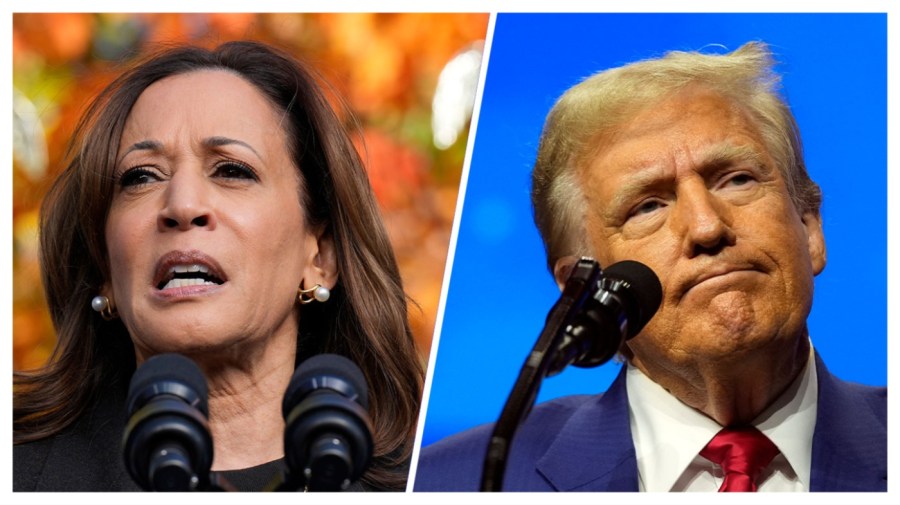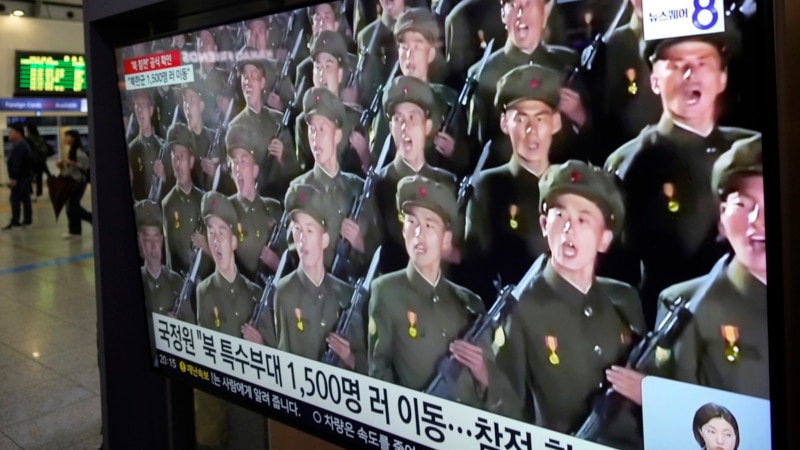I don’t expect measured analysis from Suella Braverman, but even so I was taken aback this time last year when I heard that she had described the Palestine solidarity demos as “hate marches”. Earlier that week I had walked with my friends – some Jewish like me, some not – in a crowd of 500,000 others over Waterloo Bridge, and looked west down the Thames towards parliament, as a British Muslim girl of about eight years old led chants through a loudhailer: “Gaza, Gaza, don’t you cry / We will never let you die.”
In many years of attending and reporting on protests, rallies, general strikes and riots, I have rarely experienced more orderly, peaceful, family-oriented mass gatherings than these demonstrations.
And yet Braverman wasn’t alone in her condemnation. As prime minister, Rishi Sunak warned that “mob rule is replacing democratic rule”, while Keir Starmer’s office sternly instructed its MPs and council leaders they must not, “under any circumstances” join the crowds calling for a ceasefire. In March this year, the “extremism adviser” John Woodcock, made the extraordinary proposal that MPs and councillors be banned from engaging with the protest organisers. Here, contrary to my experience, and that of hundreds of thousands of other peaceful protesters, was a crowd – sorry, a “mob” – that the establishment designated it toxic to be a part of.
I shouldn’t have been surprised, because our politics, media and pop culture have always been stacked with these myths – with people in power decrying mindless mobs, madding crowds, unthinking masses, stampeding hordes and herd mentalities. For our entire lives, we have been told that joining crowds robs us of our agency, our capacity for rational thought and our sense of self and propriety. Violence and moral turpitude spread like a contagion, overpowering every crowd member. In short, we become bestial.

Like the “angry mob” that appears in so many Simpsons episodes, pitchforks and flaming torches appear in our hands as if by magic – and, hypnotised and stripped of our individual humanity – we ask no questions, bay for blood, and walk in lockstep with the zombie horde. “By the mere fact that he forms part of an organised crowd,” wrote the godfather of crowd theory, Gustave Le Bon, in 1895, “a man descends several rungs in the ladder of civilisation. Isolated, he may be a cultivated individual; in a crowd, he is a barbarian.”
Le Bon’s seminal work, The Crowd: A Study of the Popular Mind, is one of the bestselling nonfiction books of all time; within a year of publication in France it was translated into 19 other languages. He acquired fans among presidents and dictators, police chiefs; even Sigmund Freud was an admirer. He is still regularly cited by columnists and politicians in 2024 to condemn the mania of the mob. But there are two problems with this pervasive received wisdom about crowd psychology and behaviour.
The first problem – and it’s quite a big one – is that the work is verifiably, scientifically, nonsense. Le Bon was an eccentric, war-traumatised eugenicist and proto-fascist, terrified by the growing demands of the French masses for democracy and socialism, and The Crowd is fuelled by fear and loathing, not research. It is no coincidence that it was adopted with enthusiasm by Goebbels, by Hitler (the academic Alfred Stein claims Hitler plagiarised parts of Le Bon’s The Crowd in Mein Kampf), and by Mussolini, who liked his work so much he and Le Bon became pen pals. There is a direct line from traditional crowd theory to the glowering horror of the Nuremberg rallies.
The second problem with the myths of mob mentality, homogeneous “herd logic” and contagious crowd violence is that they are incredibly persistent – in spite of being false – because defaming the crowd will always serve elite power and undermine democracy. Not for nothing was the suffragette Christabel Pankhurst dubbed “the queen of the mob” by her opponents. Presenting any self-assembling group of people as both homogeneous and dangerous is as old as hierarchical power itself. After all, what is a mob? There is nothing categorically distinctive or analytically precise about it: a mob is simply a crowd you don’t like.








